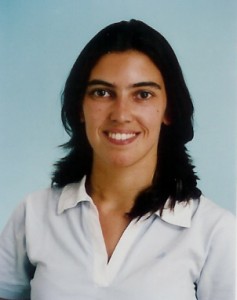The octopus is an invertebrate animal from the phylum Mollusca (soft-bodied animals, which may or may not be protected by a shell), and within this from the class Cephalopoda. It occurs in marine environment, and has a wide distribution – it can be found in tropical and temperate regions and at different depths. The common octopus (Octopus vulgaris Cuvier, 1979) is possibly the most known species.
Without a shell, the octopus has 8 tentacles with suction cups, which the octopus uses to attach to the substrate (such as rocks) and to capture prey. It can move by using the tentacles and suction cups or by propulsion, expelling water through the funnel or siphon (tubular structure located close to the head) and so getting momentum.
Life cycle and reproduction
The octopus’s life cycle can last between 12 months and 3 years or so. After the reproduction, the male dies. The female lays eggs in rocky cavities or shells, and in order to take care of them, it stops eating and dies after the hatching of the eggs.
Males are distinguished from females by having a different tentacle, specialized for mating, called hectocotylus.
Eating habits
Octopuses are generally carnivores, feeding on crustaceans, molluscs or fish. To capture and kill prey, the octopus uses its tentacles and its beak (structure present in the mouth, beak-shaped and composed of chitin, which is the only rigid structure of the octopus’s body).
Strategies
Camouflage master, the octopus has the ability to change its colour, as well as to change its texture, which enables it to be confused with the substrate. In addition, thanks to its great flexibility, the octopus can be accommodated in small spaces (such as holes and cracks in rocks), remaining there hidden.
Like the squid and the cuttlefish, the octopus has a sac in which a black fluid is stored (commonly called ‘ink’) and which can be expelled in order to keep other animals away (for example potential predators), allowing the octopus to escape.
References
– Corgosinho, P .; BORGES, M .; NEVES, F. (2010). Invertebrate Zoology. Montes Claros: Publisher Unimontes
– LEANDRO, P .; Gil, F .; IGNATIUS, A. (2009). Guide – Vasco da Gama Aquarium. Oeiras: Aquarium Vasco da Gama.
– Salgado, M. Sheet Octopus commonplace. Available: http://naturlink.sapo.pt/Natureza-e-Ambiente/Fichas-de-Especies/content/Ficha-do-Polvo-comum?bl=1.




